180° head-to-head flat domain walls in single crystal BiFeO3
Abstract
We investigate flux-grown BiFeO3 crystals using transmission electron microscopy (TEM). This material has an intriguing ferroelectric structure of domain walls with a period of approximately 100 nm, alternating between flat and sawtooth morphologies. We show that all domain walls are of 180° type and that the flat walls, lying on (112) planes, are reconstructed with an excess of Fe and a deficiency of Bi. This reconstruction is similar to that observed in several previous studies of deposited layers of BiFeO3. The negative charge of the reconstructed layer induces head-to-head polarisation in the surrounding material and a rigid-body shift of one domain relative to the other. These characteristics pin the flat 180° domain walls and determine the domain structure of the material. Sawtooth 180° domain walls provide the necessary reversal of polarisation between flat walls. The high density of immobile domain walls suppresses the ferroelectric properties of the material, highlighting the need for careful control of growth conditions.
Keywords
INTRODUCTION
BiFeO3 is arguably the most investigated multiferroic material[1-3], simultaneously showing ferroelectric, antiferromagnetic, and ferroelastic order at room temperature[4]. The coupling of ferroelectric and ferromagnetic properties makes it ideal for the promising application of mutual control of electrical and magnetic order in multiferroic devices[5,6].
BiFeO3 has a rhombohedral structure (space group R3c) below its Curie temperature Tc = 1,100 K[4], with a pseudocubic lattice parameter of 3.965 Å and rhombohedral angle 89.4° (pseudocubic indexing is used throughout this paper). Its spontaneous ferroelectric polarisation (Ps) has a magnitude Ps approximately
The batch of flux-grown single-crystals of BiFeO3 investigated in this study have been subject to several previous investigations[16,17], all of which have revealed a dense array of parallel domain walls seen in piezoresponse force microscopy (PFM) and conventional transmission electron microscopy (TEM) as alternating sawtooth and flat bands of contrast [Figure 1]. The complex microdomain structure in these crystals is extremely stable, exhibiting no change upon observation, even in the thinnest specimens. Furthermore, no observable switching (or rapid back-switching into the pristine domain pattern) was found, even with 200 V applied to the surface with an AFM tip. The inability to access the functional properties of these high-quality single crystals is concerning and may have implications for the exploitation of BiFeO3 in practical applications. Therefore, it is important to understand the nature and origin of this domain structure.
Figure 1. (A) PFM out-of-plane amplitude image of the sectioned and polished (001) surface of the BiFeO3 crystal. (B) Low magnification BF-STEM image of a (110) FIB-prepared lamella. (C) Low magnification BF-STEM image of a (010) FIB-prepared lamella. Arrows in (B and C) point towards increasing thickness. Examples of continuity of domain walls, where a sawtooth wall changes direction and becomes a flat wall, are marked by x in (A and B). Scale bars are 100 nm.
The first study of these crystals[16] showed the domain walls to be either 180°- or 109°-type and due to the high predicted energy of 180°-type domain walls, it was proposed that they were probably 109°-type. A second study[17] of the same batch of crystals using negative Cs high-resolution TEM imaging found a variety of domain wall types, including 71°-, 109°-, and 180°-type. Another recent study of similar material[18] confirms the sawtooth walls to be 180°-type but proposes that flat domain walls are 109°-type. In this article, along with its companion publication[19], we revisit the domain structure in this same batch of crystals using a combination of PFM, conventional TEM, convergent beam electron diffraction (CBED), atomic resolution scanning TEM (STEM), and electron energy loss spectroscopy (EELS). The high stability of the domains ensured there was no influence of specimen preparation on the structure. We find that there are only 180° domains in the crystal, i.e., all domain walls are 180°-type. The difficulties experienced in previous work may potentially be attributed to projection effects when the three-dimensional domain structure is observed in an electron-transparent foil. To overcome this, we use a focused ion beam (FIB) technique to prepare multiple sections with different orientations from the same region of the crystal. We describe the sawtooth domains in a companion article[19]; the focus of this article is on the flat 180° domain walls.
MATERIALS AND METHODS
BiFeO3 single crystals were obtained from the same batch used in the studies of Berger et al.[16] and
For PFM measurements, a crystal was ground and polished to (001) using diamond lapping film of decreasing sizes to 0.1 µm, finishing with a dilute 0.04 µm colloidal silica solution. PFM measurements were conducted on a Bruker Dimension Icon AFM at a scan rate of 0.5 Hz using a Bruker OSCM-PT-R3 tip with Pt coating, along with a drive frequency of 254 kHz and a drive voltage of 2 V.
Specimens for TEM were prepared by lift-out on a Tescan Amber Ga+ FIB-SEM from a second crystal in its as-grown state, with (110), (010), and (
STEM images were taken with a double-corrected JEOL ARM 200F TEM/STEM operating at 200 kV, with a beam convergence semi-angle of 22 mrad. The annular bright field (ABF) and annular dark field (ADF) detectors covered 11.5-24 and approximately 45-180 mrad, respectively[11]. In atomic resolution STEM images, atom positions are determined by fitting two-dimensional Gaussian peaks[11,20].
EELS data and ADF images were acquired at the UK SuperSTEM Laboratory using a Nion UltraSTEM
RESULTS AND DISCUSSION
Domains on the polished (001) surface imaged by PFM follow a regular stripe pattern running along [
The proposal that the flat bands of contrast in Figure 1B and C are planes rather than slabs of finite thickness is confirmed by the (
Figure 2. (A) Low magnification BF-STEM image of a (
High-resolution (
It is apparent from Figure 2C and D that these 180° head-to-head domain walls are reconstructed; the local structure is different from the bulk crystal, and the associated distortions are quantified in Figure 3. Examining the horizontal (001) planes of bright Bi atom columns in Figure 2D, downwards displacements (i.e., along [00
Figure 3. (A) Distortion of unit cells in the vicinity of the domain wall shown in Figure 2D, measured by the displacement of Bi atom columns away from (110) planes (orange) or (001) planes (blue). Points correspond to individual measurements, and the line is an average value. (B) Average polarisation Ps obtained from -δFB vectors, measured in bands parallel to the domain wall.
More information on the reconstruction at these domain walls can be obtained from a second point of view, obtained from a (010) section shown in Figure 4. Although the domain wall is probably inclined to the electron beam direction, this image is taken at the thinnest part of the lamella, and the high electron beam convergence angle gives a reduced depth of field[28]. Consequently, the domain wall is sharply delineated in ADF-STEM images. (The effect of reduced depth of field is shown in Supplementary Figure 4). At the domain wall [Figure 4A], the reconstruction appears as alternating bright and dark clusters of atoms, forming either 2 × 1 or 2 × 2 atom blocks, while -δFB vectors demonstrate the 180° head-to-head nature [Figure 4B]. There is no obvious change in the magnitude of Ps immediately adjacent to the reconstructed domain wall, which is approximately 1.5 unit cells in width and runs along [
Figure 4. (A) An ADF-STEM image of a head-to-head 180° domain wall in a (010) FIB-prepared lamella. Large and bright atoms columns are Bi, and smaller ones are Fe. O atoms are not visible. (B) Quiver plot of local -δFB vectors, indicating the magnitude and direction of polarisation in each unit cell. (C) Ideal (010) projection of BiFeO3; Bi atoms are red, Fe blue, and O grey. The direction of the
The nonstoichiometry of the reconstruction in the flat 180° head-to-head walls is an indication that they form during crystal growth, while the periodic domain structure indicates a degree of self-organisation. Synthesis of crystalline BiFeO3 is only possible within a narrow range of conditions, both in the deposition of thin epitaxial layers[22,29-32] and as ceramics or single crystals[31,33-35]. In bulk crystal growth, the secondary Bi-rich sillenite Bi25FeO39 and/or Fe-rich mullite Bi2Fe4O9 phases readily form to accommodate deviations from perfect stoichiometry, e.g., due to the relative volatility of Bi2O3[33,35]. In epitaxial thin film growth, locally nonstoichiometric planar defects that strongly resemble those shown in Figure 4 are often seen[22,29,30,32,36,37]. Maclaren et al. found iron-rich regions consisting of edge-sharing FeO6 octahedra, resembling the structure of γ-Fe2O3, (and, indeed, mullite)[30,36,37]. Li et al. showed that they can be induced by a slight increase in substrate temperature during MBE deposition, which makes the surface Fe-rich[22,29,32]. Similar to the observed reconstruction in this study, these previously observed planar defects also have a half-unit-cell rigid body shift across them caused by the switch from corner-sharing to edge-sharing oxygen octahedra. The deviation from stoichiometry gives a local excess of oxygen anions, giving a negative charge density estimated to be between -68 μC cm-2 and -110 μC cm-2[22,36,37]. The effect of these negatively charged planar defects in the surrounding BiFeO3 matrix is to induce an increased local polarisation towards them, producing charged head-to-head domain walls[32]. The intrinsic negative charge density accommodates the majority of the -190 μC cm-2 polar discontinuity expected at the flat domain walls in our crystal, explaining the relatively narrow region of adjacent material that has a different polarisation to the bulk material.
Therefore, in our material, we may explain the origin of the domain microstructure as follows. Since the temperature during crystal growth is below Tc, ferroelectric domains are to be expected, and ideally, they would assume a form to minimise the competing ferroelectric/ferroelastic/electrostatic energy components of the system. In thin film growth, it is well established that domain microstructures may evolve during film deposition[38] and, in turn, can influence growth morphology[39]. Therefore, in our case of single-crystal BiFeO3 growth, we may expect regions with positive and negative surface charges that have an effect on domain structure and subsequent growth. Importantly, Li[29] showed that nonstoichiometric monolayers may form on polarisation-up, negatively charged BiFeO3 growth surfaces. They found that as growth progresses, a region with polarisation pointing towards the growth surface may, therefore, reach a critical negative charge, causing the incorporation of FeO6 octahedra at the crystal surface and producing nonstoichiometric monolayers of the defective material. They also showed that the negative charge induces and pins head-to-head polarisation[32]. It seems plausible that a similar mechanism is responsible for the head-to-head domain walls that we observe. On a (hhl) growth surface, the FeO6 octahedra would form edge-sharing chains along [1
CONCLUSIONS
Periodic domain structures in single crystal BiFeO3 have been re-investigated. Our results show that all domain walls are of 180°-type, alternating between flat head-to-head and sawtooth tail-to-tail walls. We focus on the flat walls here, finding that they have an orientation close to (112) and a polarisation reversal that occurs over only approximately 1 nm, significantly less than seen in other charged domain walls in BiFeO3. They are locally nonstoichiometric, with an atomic reconstruction of roughly a unit cell in thickness, similar to that seen in planar defects in thin film BiFeO3 and related materials. The reconstructed region contains edge-sharing FeO6 octahedra that produce a rigid-body shift of half a unit cell and a negative charge density that induces head-to-head polarisation. We propose that the periodic domain structure forms during crystal growth in regions where negative surface charges exceed a critical value, causing the incorporation of FeO6 octahedra that is perpetuated and becomes self-organised as growth proceeds. The reconstruction and local charge strongly pin head-to-head 180° domain walls, explaining the poor response of these BiFeO3 single crystals in measurements of polarisation. Avoiding their formation is, therefore, a necessary prerequisite for high-performance BiFeO3 crystals and ceramics.
DECLARATIONS
Authors’ contributionsPerformed data acquisition, data analysis, and interpretation and wrote the first draft of the article: Ge W, Sanchez AM
Performed data acquisition (STEM+EELS maps) at SuperSTEM: Ramasse Q
Provided material, conception and design of the study and interpretation: Alexe M
Performed data analysis and interpretation and contributed to the development of the article: Beanland R, Sanchez AM
Availability of data and materialsThe data that support the findings of this study are openly available in WRAP at http://wrap.warwick.ac.uk/173964.
Financial support and sponsorshipGe W. acknowledges support from the EPSRC International Doctoral Scholars grant, number
All authors declare that there are no conflicts of interest.
Ethical approval and consent to participateNot applicable.
Consent for publicationNot applicable.
Copyright© The Author(s) 2023.
Supplementary MaterialsREFERENCES
1. Neaton JB, Ederer C, Waghmare UV, Spaldin N, Rabe K. First-principles study of spontaneous polarization in multiferroic BiFeO3. Phys Rev B 2005;71:014113.
2. Ramesh R, Spaldin NA. Multiferroics: progress and prospects in thin films. Nat Mater 2007;6:21-9.
3. Wang J, Neaton JB, Zheng H, et al. Epitaxial BiFeO3 multiferroic thin film heterostructures. Science 2003;299:1719-22.
5. Eerenstein W, Mathur ND, Scott JF. Multiferroic and magnetoelectric materials. Nature 2006;442:759-65.
7. Kubel F, Schmid H. Structure of a ferroelectric and ferroelastic monodomain crystal of the perovskite BiFeO3. Acta Crystallogr B Struct Sci 1990;46:698-702.
8. Glazer AM. The classification of tilted octahedra in perovskites. Acta Crystallogr B Struct Crystallogr Cryst Chem 1972;28:3384-92.
9. Catalan G, Seidel J, Ramesh R, Scott JF. Domain wall nanoelectronics. Rev Mod Phys 2012;84:119-56.
10. Yadav AK, Nelson CT, Hsu SL, et al. Observation of polar vortices in oxide superlattices. Nature 2016;530:198-201.
11. Peters JJP, Apachitei G, Beanland R, Alexe M, Sanchez AM. Polarization curling and flux closures in multiferroic tunnel junctions. Nat Commun 2016;7:13484.
12. Rusu D, Peters JJP, Hase TPA, et al. Ferroelectric incommensurate spin crystals. Nature 2022;602:240-4.
13. Meyer B, Vanderbilt D.
14. Bhatnagar A, Roy Chaudhuri A, Heon Kim Y, Hesse D, Alexe M. Role of domain walls in the abnormal photovoltaic effect in BiFeO3. Nat Commun 2013;4:3835.
15. Seidel J, Martin LW, He Q, et al. Conduction at domain walls in oxide multiferroics. Nat Mater 2009;8:229-34.
16. Berger A, Hesse D, Hähnel A, Arredondo M, Alexe M. Regular nanodomain vertex arrays in BiFeO3 single crystals. Phys Rev B 2012;85:064104.
17. Jia C, Jin L, Wang D, et al. Nanodomains and nanometer-scale disorder in multiferroic bismuth ferrite single crystals. Acta Mater 2015;82:356-68.
18. Condurache O, Dražić G, Rojac T, et al. Atomic-level response of the domain walls in bismuth ferrite in a subcoercive-field regime. Nano Lett 2023;23:750-6.
19. Ge W, Beanland R, Alexe M, Sanchez AM. 3D reconstruction of sawtooth 180° tail-to-tail domain walls in single crystal BiFeO3. Adv Funct Mater 2023:2301171.
20. Peters JJP, Bristowe NC, Rusu D, et al. Polarization screening mechanisms at La0.7Sr0.3MnO3-PbTiO3 interfaces. ACS Appl Mater Interfaces 2020;12:10657-63.
21. Woodward DI, Reaney IM. Electron diffraction of tilted perovskites. Acta Crystallogr B 2005;61:387-99.
22. Li L, Zhang Y, Xie L, et al. Atomic-scale mechanisms of defect-induced retention failure in ferroelectrics. Nano Lett 2017;17:3556-62.
23. Nelson CT, Winchester B, Zhang Y, et al. Spontaneous vortex nanodomain arrays at ferroelectric heterointerfaces. Nano Lett 2011;11:828-34.
24. Lebeugle D, Colson D, Forget A, Viret M. Very large spontaneous electric polarization in BiFeO3 single crystals at room temperature and its evolution under cycling fields. Appl Phys Lett 2007;91:022907.
25. Condurache O, Dražić G, Sakamoto N, Rojac T, Benčan A. Atomically resolved structure of step-like uncharged and charged domain walls in polycrystalline BiFeO3. J Appl Phys 2021;129:054102.
26. Bednyakov PS, Sturman BI, Sluka T, Tagantsev AK, Yudin PV. Physics and applications of charged domain walls. NPJ Comput Mater 2018;4:65.
27. Li L, Gao P, Nelson CT, et al. Atomic scale structure changes induced by charged domain walls in ferroelectric materials. Nano Lett 2013;13:5218-23.
28. Nellist PD, Pennycook SJ. The principles and interpretation of annular dark-field Z-contrast imaging. Adv Electron Electron Phys 2000;113:147-203.
29. Li L, Jokisaari JR, Zhang Y, et al. Control of domain structures in multiferroic thin films through defect engineering. Adv Mater 2018;30:e1802737.
30. MacLaren I, Sala B, Andersson SM, et al. Strain localization in thin films of Bi(Fe,Mn)O3 due to the formation of stepped Mn4+-rich antiphase boundaries. Nanoscale Res Lett 2015;10:407.
31. Deniz H, Bhatnagar A, Pippel E, et al. Nanoscale Bi2FeO6-x precipitates in BiFeO3 thin films: a metastable Aurivillius phase. J Mater Sci 2014;49:6952-60.
32. Li L, Cheng X, Jokisaari JR, et al. Defect-induced hedgehog polarization states in multiferroics. Phys Rev Lett 2018;120:137602.
33. Rojac T, Bencan A, Malic B, et al. BiFeO3 ceramics: processing, electrical, and electromechanical properties. J Am Ceram Soc 2014;97:1993-2011.
34. Wu J, Fan Z, Xiao D, Zhu J, Wang J. Multiferroic bismuth ferrite-based materials for multifunctional applications: Ceramic bulks, thin films and nanostructures. Prog Mater Sci 2016;84:335-402.
35. Lu J, Qiao L, Fu P, Wu Y. Phase equilibrium of Bi2O3-Fe2O3 pseudo-binary system and growth of BiFeO3 single crystal. J Cryst Growth 2011;318:936-41.
36. Maclaren I, Wang L, Craven AJ, et al. The atomic structure and chemistry of Fe-rich steps on antiphase boundaries in Ti-doped Bi0.9Nd0.15FeO3. APL Mater 2014;2:066106.
37. Maclaren I, Wang L, Morris O, et al. Local stabilisation of polar order at charged antiphase boundaries in antiferroelectric (Bi0.85Nd0.15)(Ti0.1Fe0.9)O3. APL Mater 2013;1:021102.
38. Luca G, Strkalj N, Manz S, Bouillet C, Fiebig M, Trassin M. Nanoscale design of polarization in ultrathin ferroelectric heterostructures. Nat Commun 2017;8:1419.
39. Wang H, Wu H, Chi X, et al. Large-scale epitaxial growth of ultralong stripe BiFeO3 films and anisotropic optical properties. ACS Appl Mater Interfaces 2022;14:8557-64.
40. Zhang J, Wang Y, Liu J, et al. Origin of sawtooth domain walls in ferroelectrics. Phys Rev B 2020;101:060103.
Cite This Article
How to Cite
Ge, W.; Beanland, R.; Alexe, M.; Ramasse, Q.; Sanchez, A. M. 180° head-to-head flat domain walls in single crystal BiFeO3. Microstructures. 2023, 3, 2023026. http://dx.doi.org/10.20517/microstructures.2023.13
Download Citation
Export Citation File:
Type of Import
Tips on Downloading Citation
Citation Manager File Format
Type of Import
Direct Import: When the Direct Import option is selected (the default state), a dialogue box will give you the option to Save or Open the downloaded citation data. Choosing Open will either launch your citation manager or give you a choice of applications with which to use the metadata. The Save option saves the file locally for later use.
Indirect Import: When the Indirect Import option is selected, the metadata is displayed and may be copied and pasted as needed.










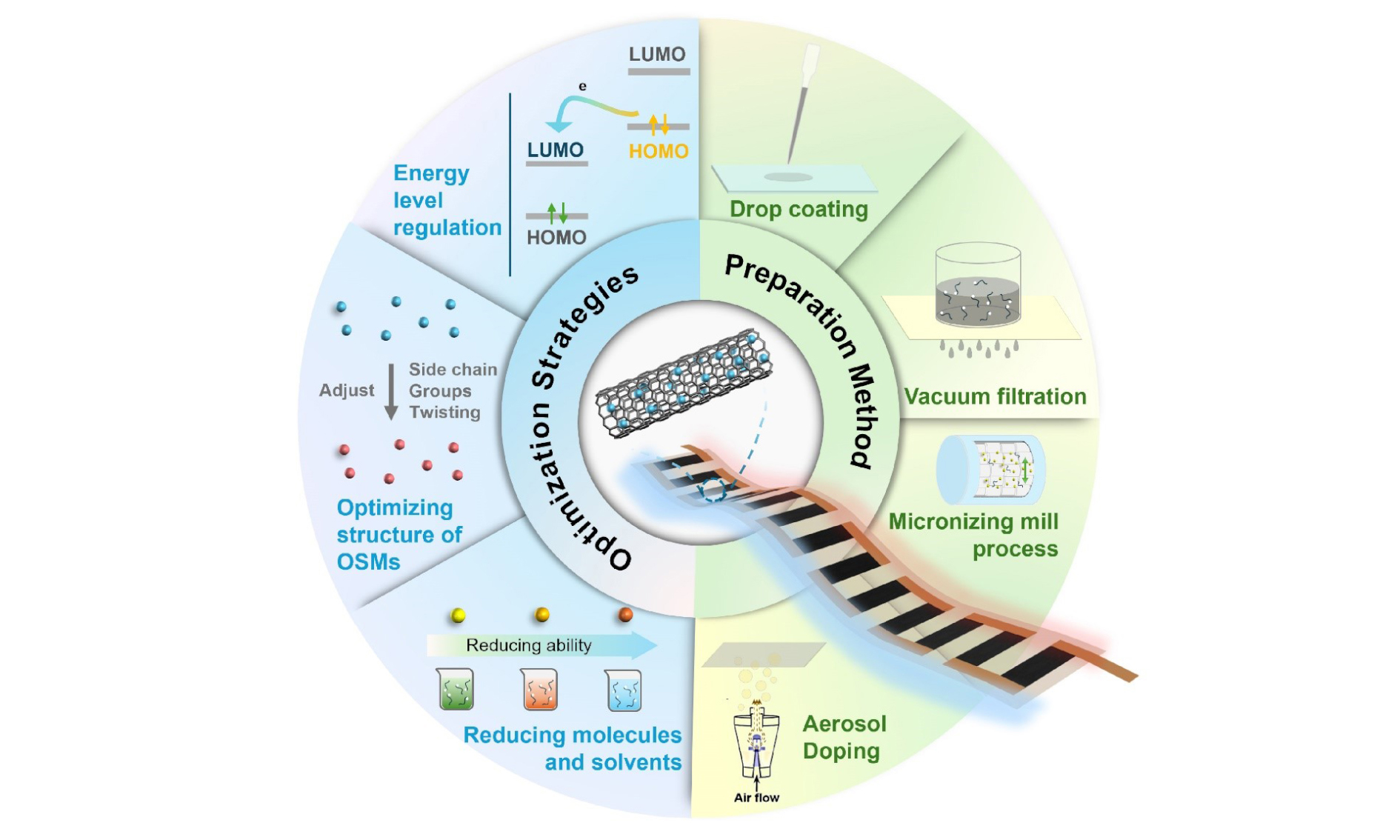


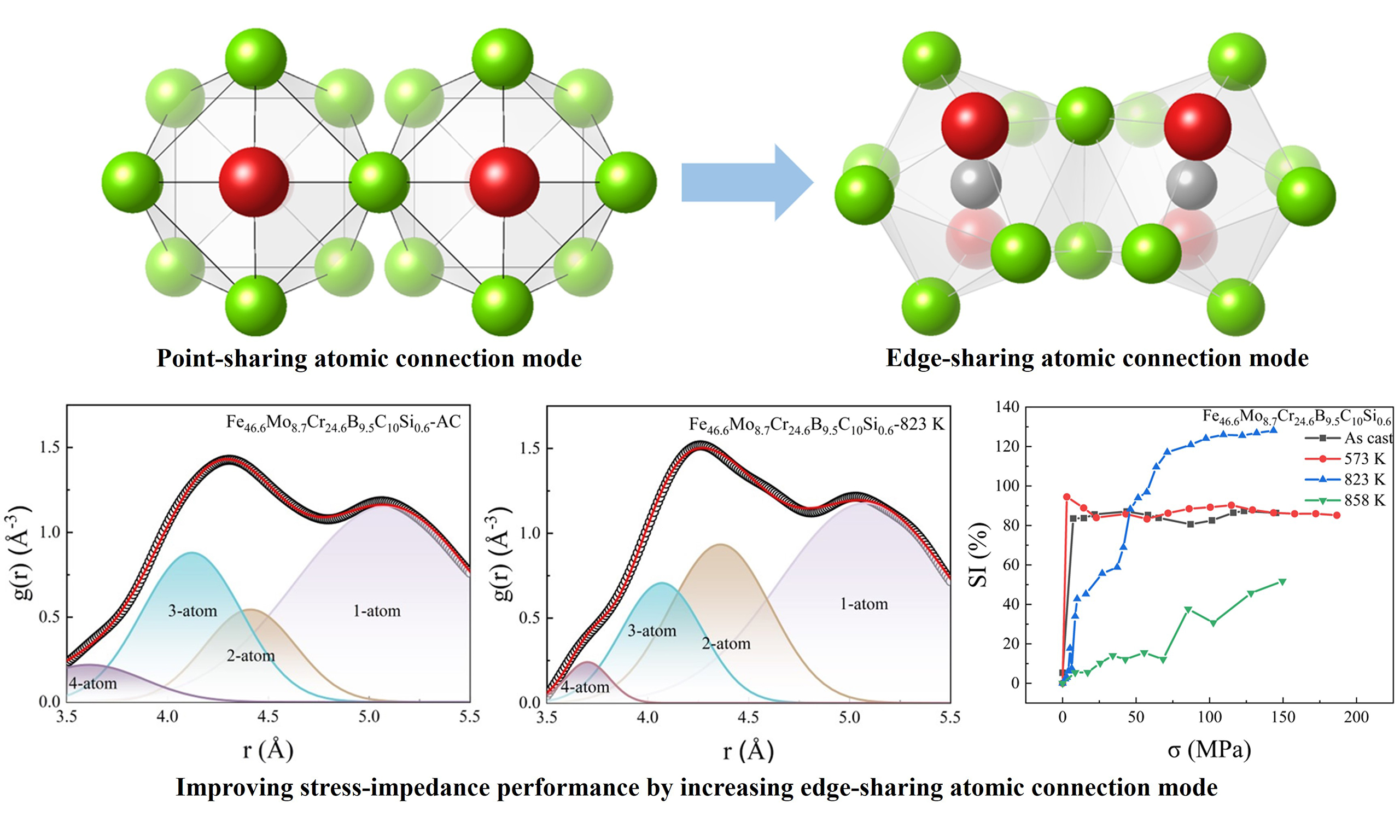
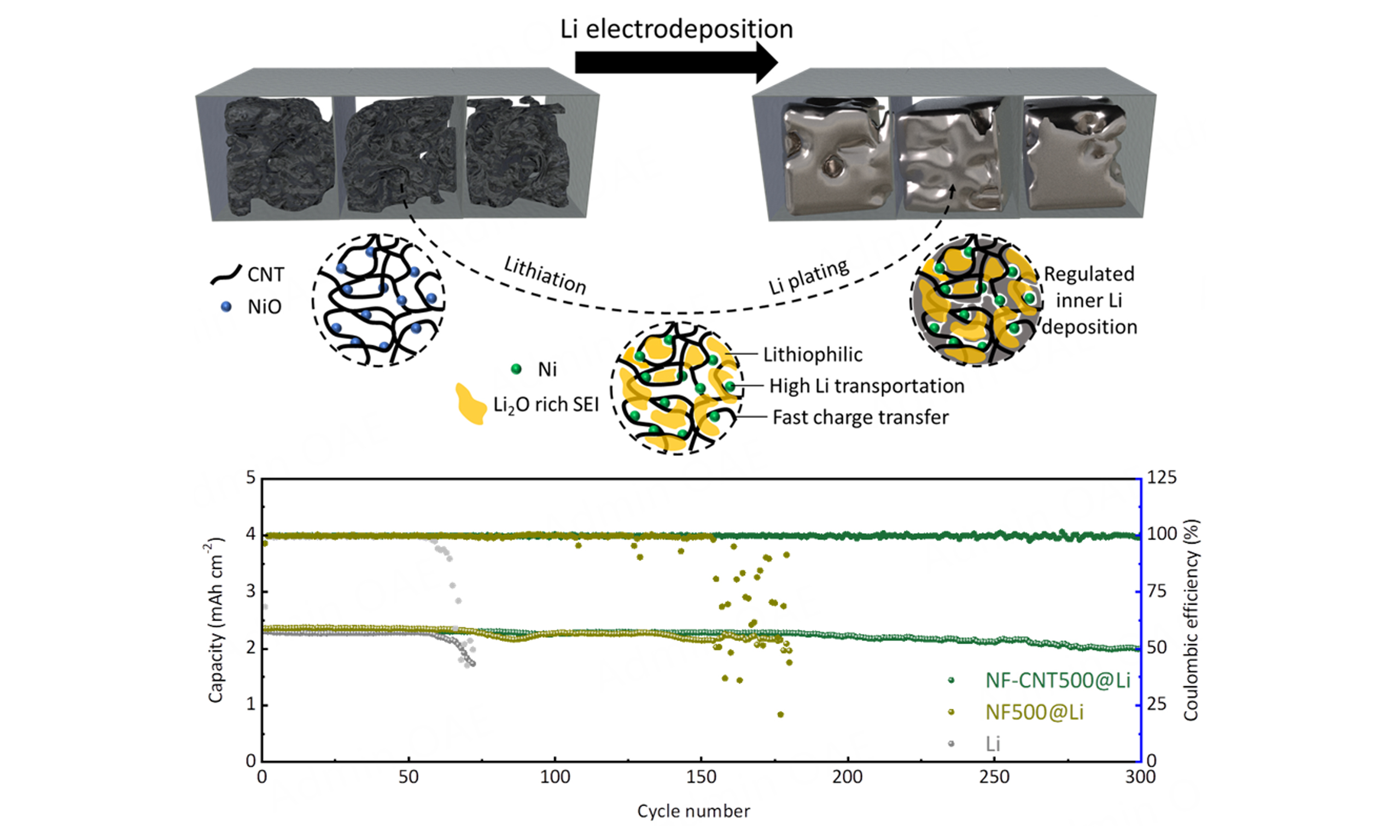
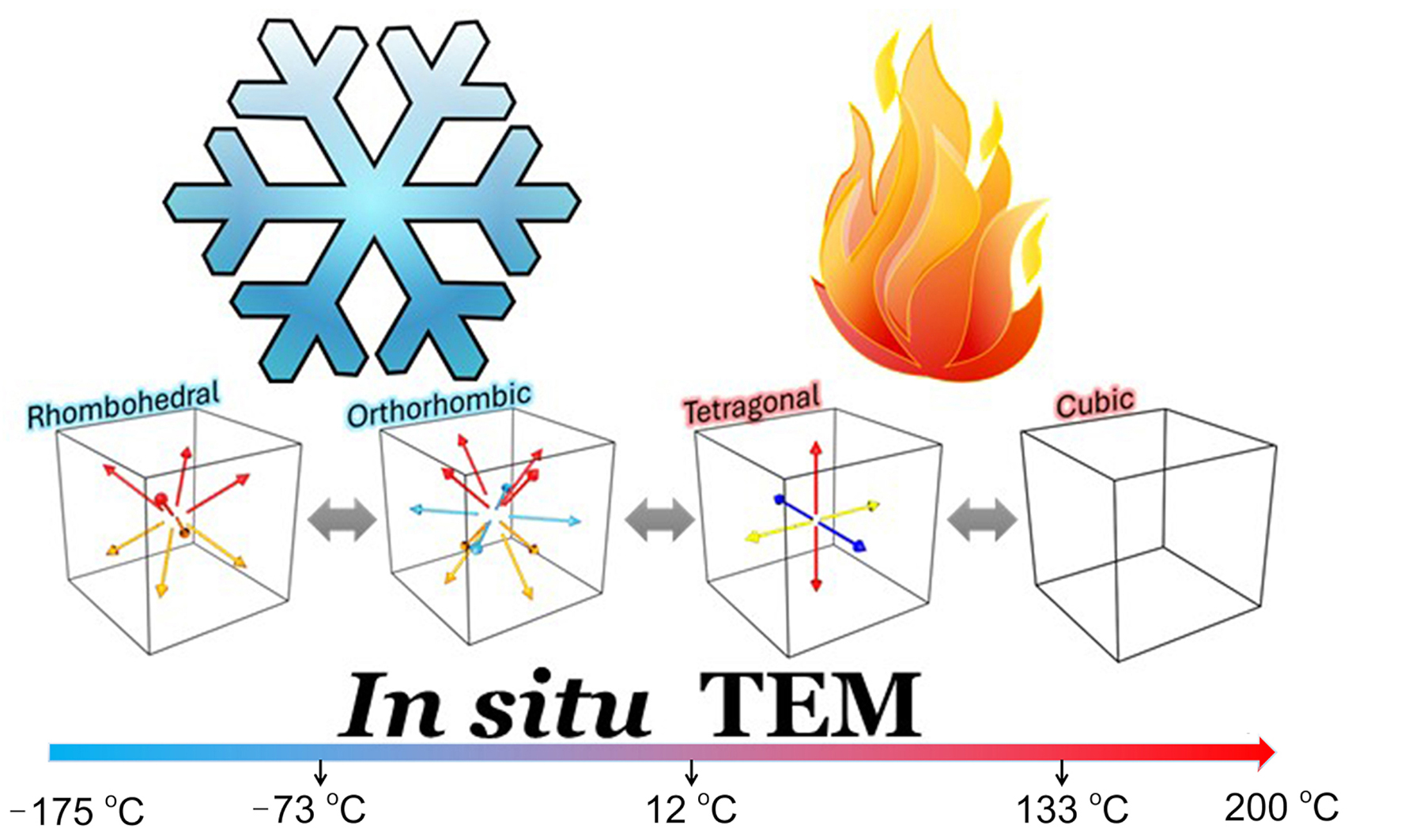
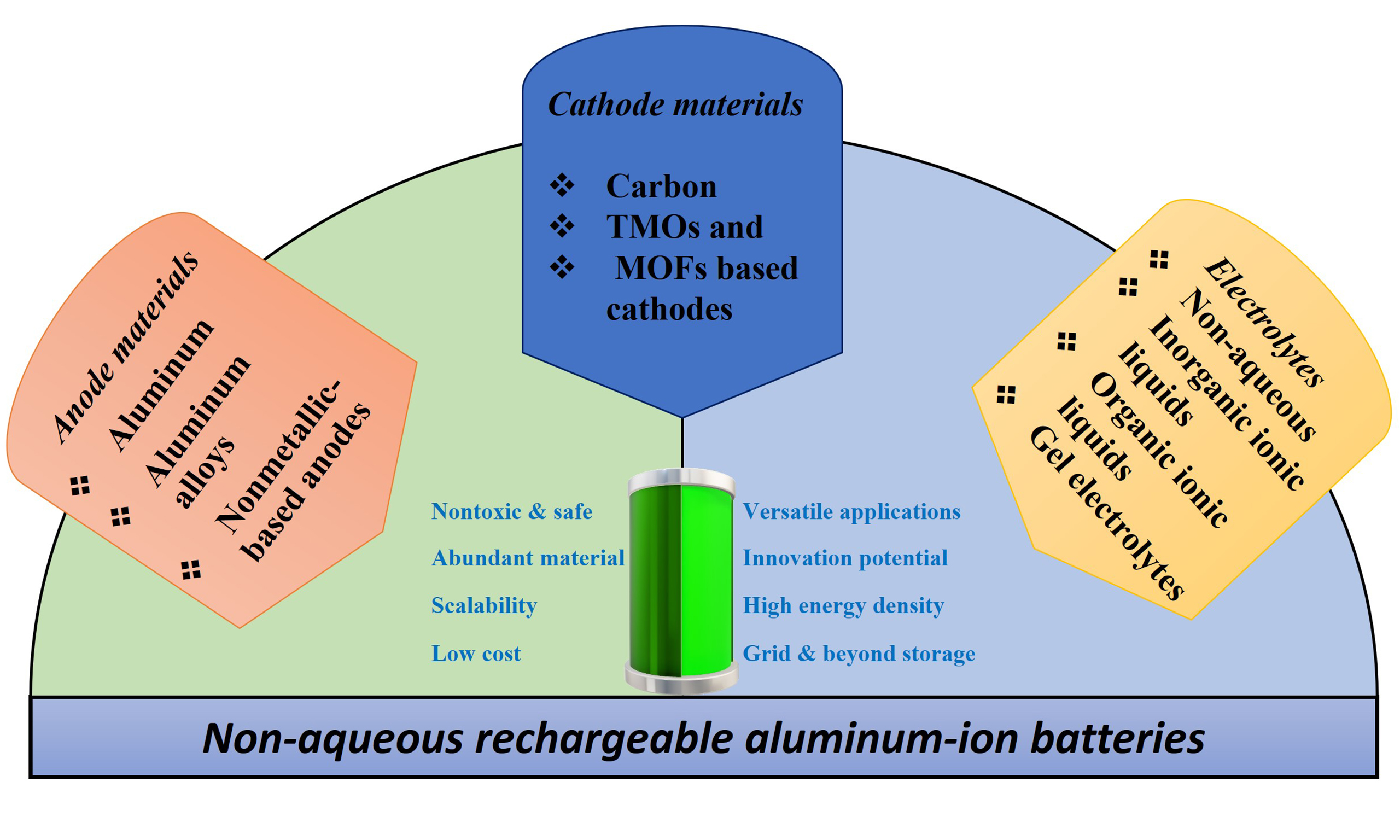
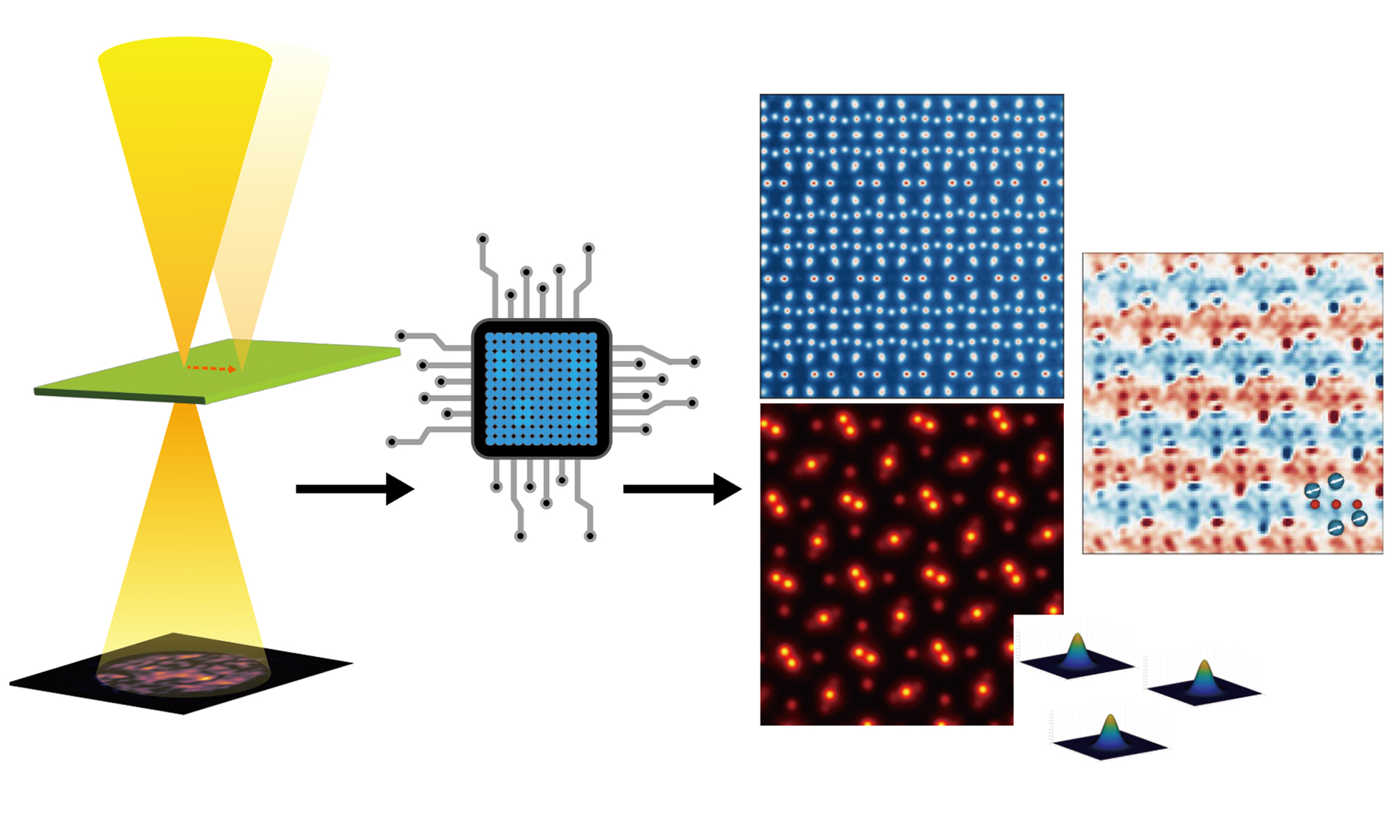
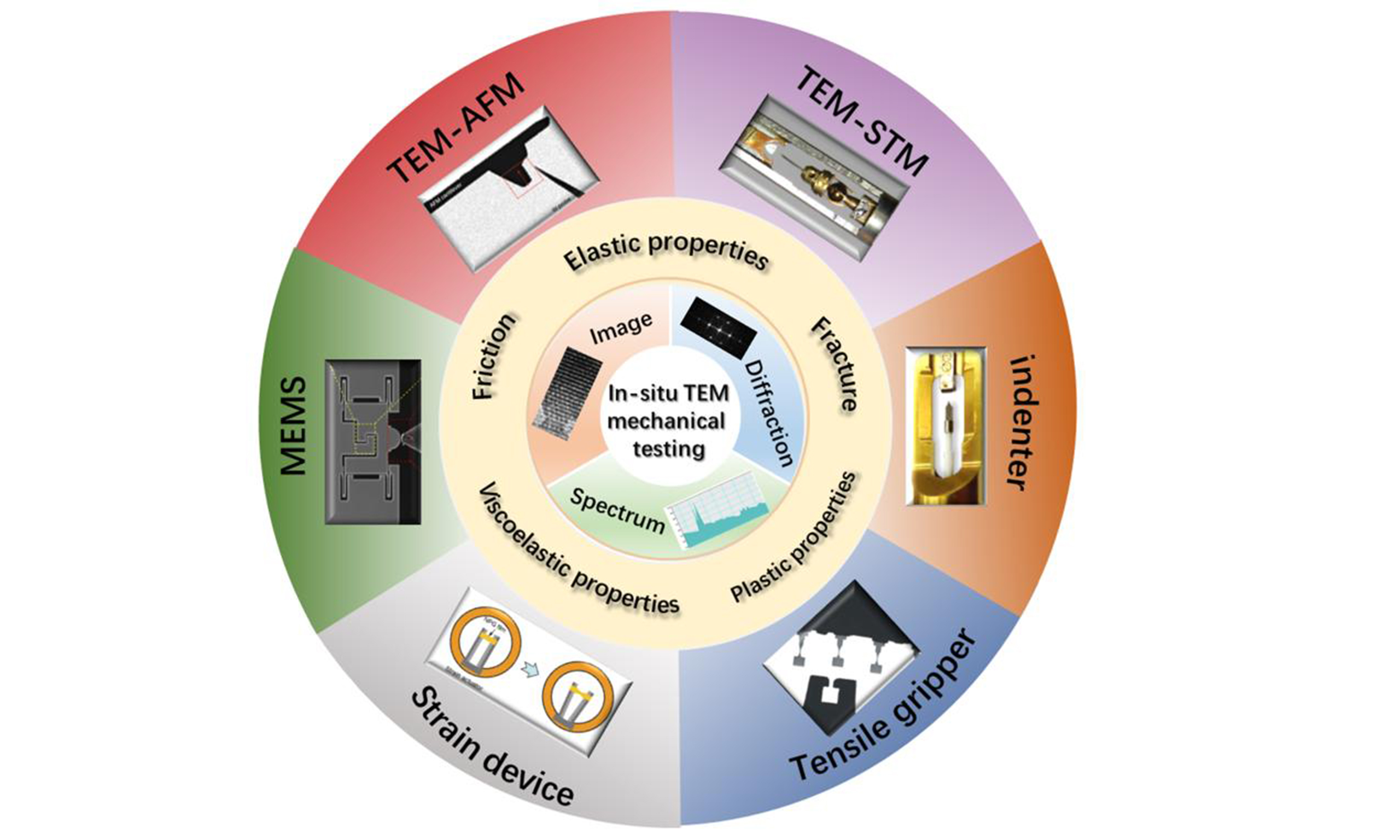
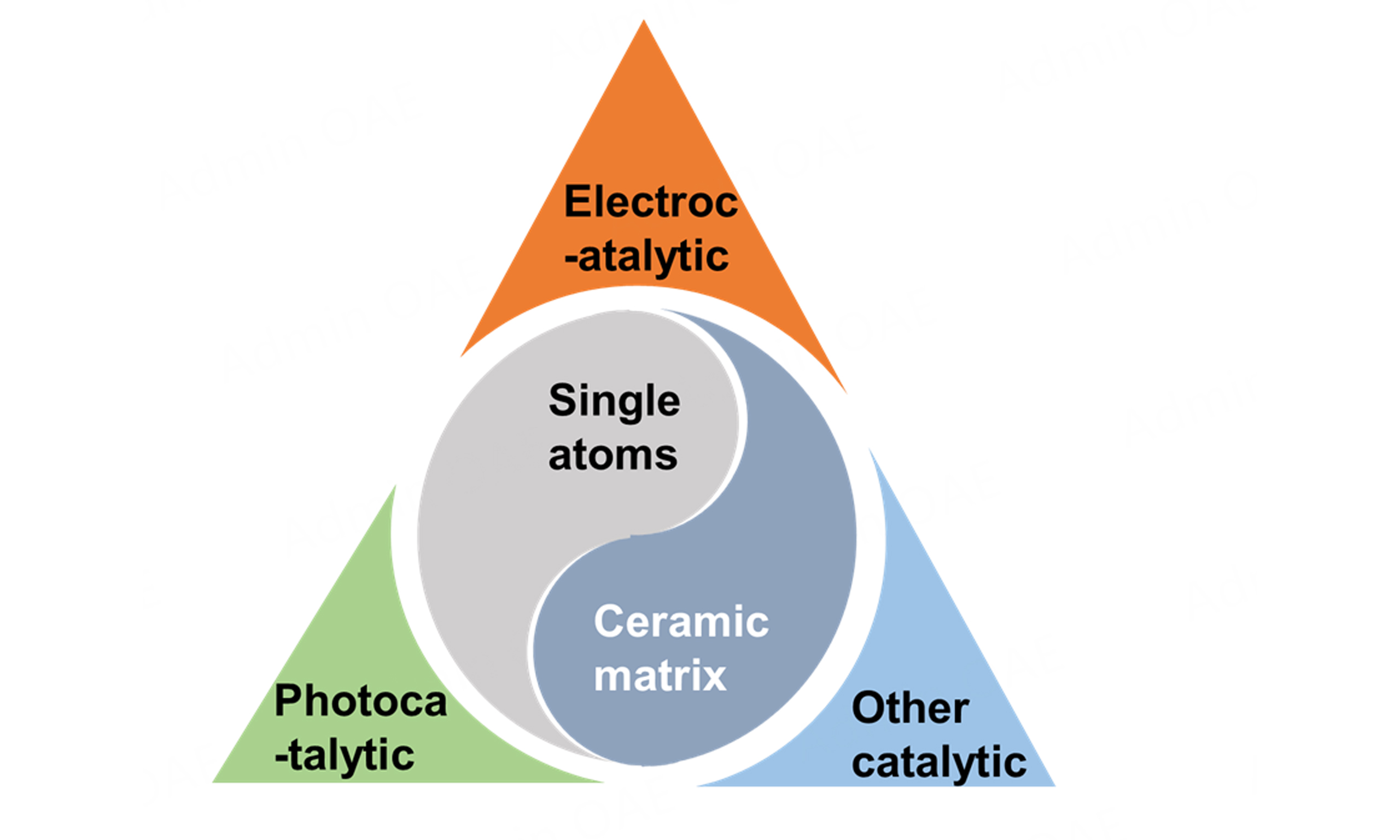
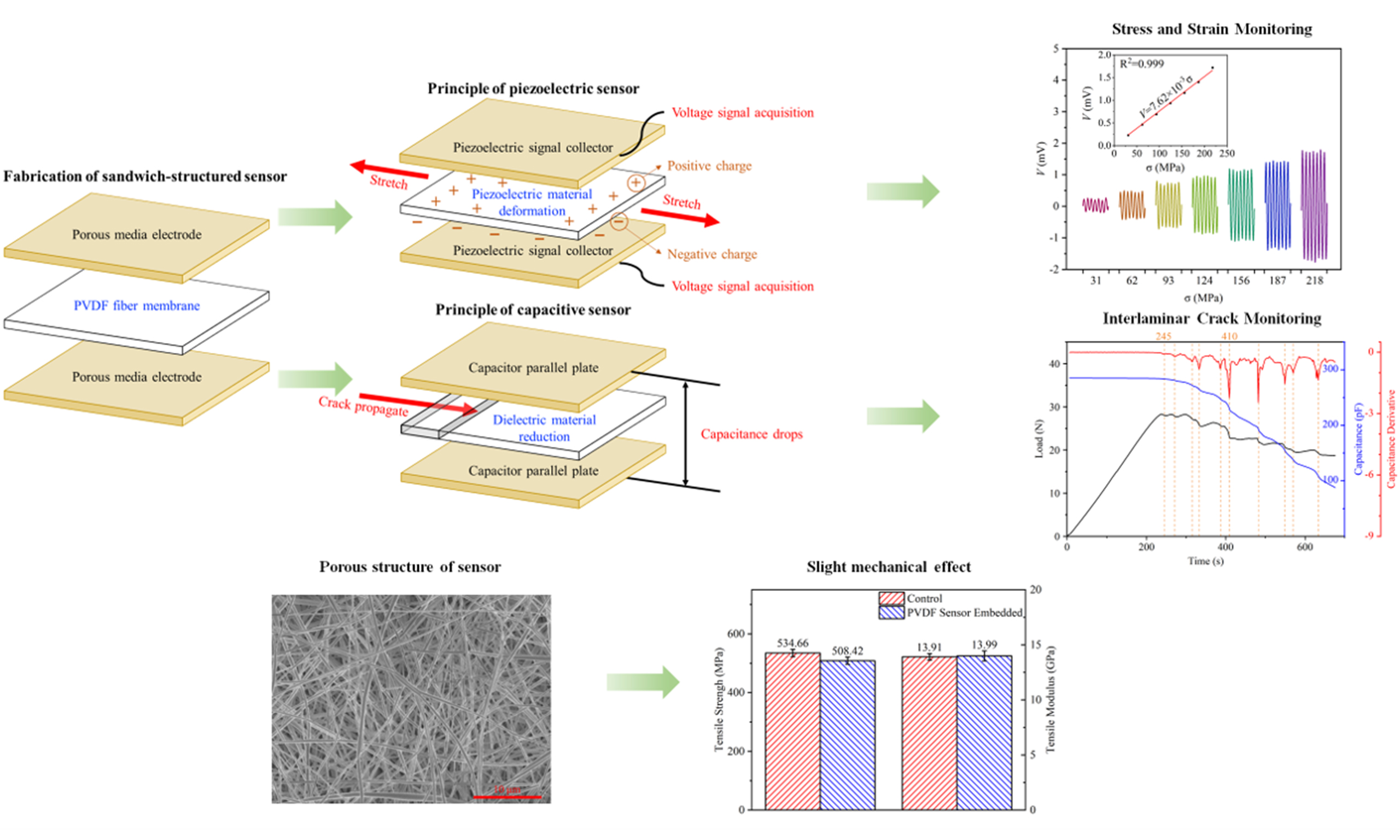
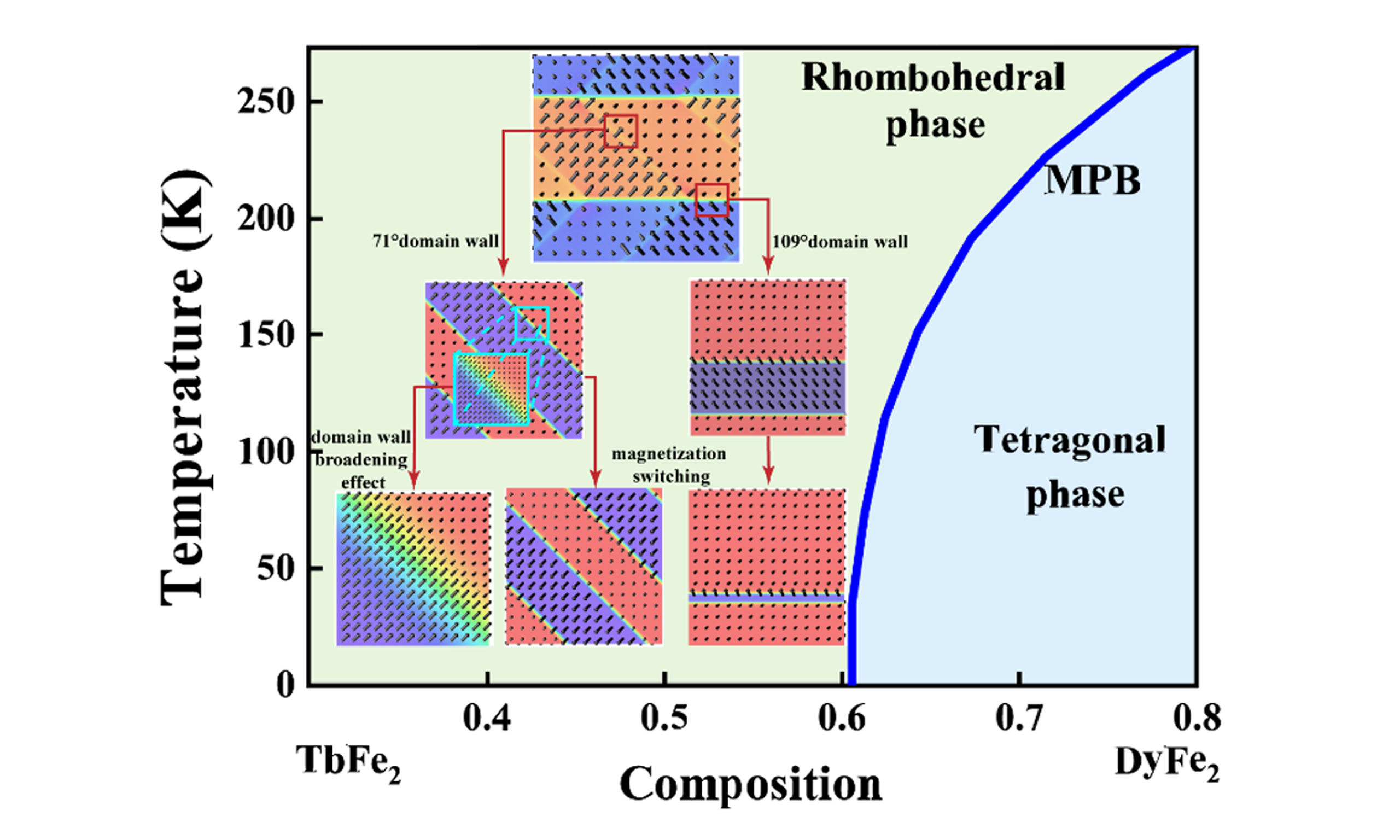
















Comments
Comments must be written in English. Spam, offensive content, impersonation, and private information will not be permitted. If any comment is reported and identified as inappropriate content by OAE staff, the comment will be removed without notice. If you have any queries or need any help, please contact us at support@oaepublish.com.